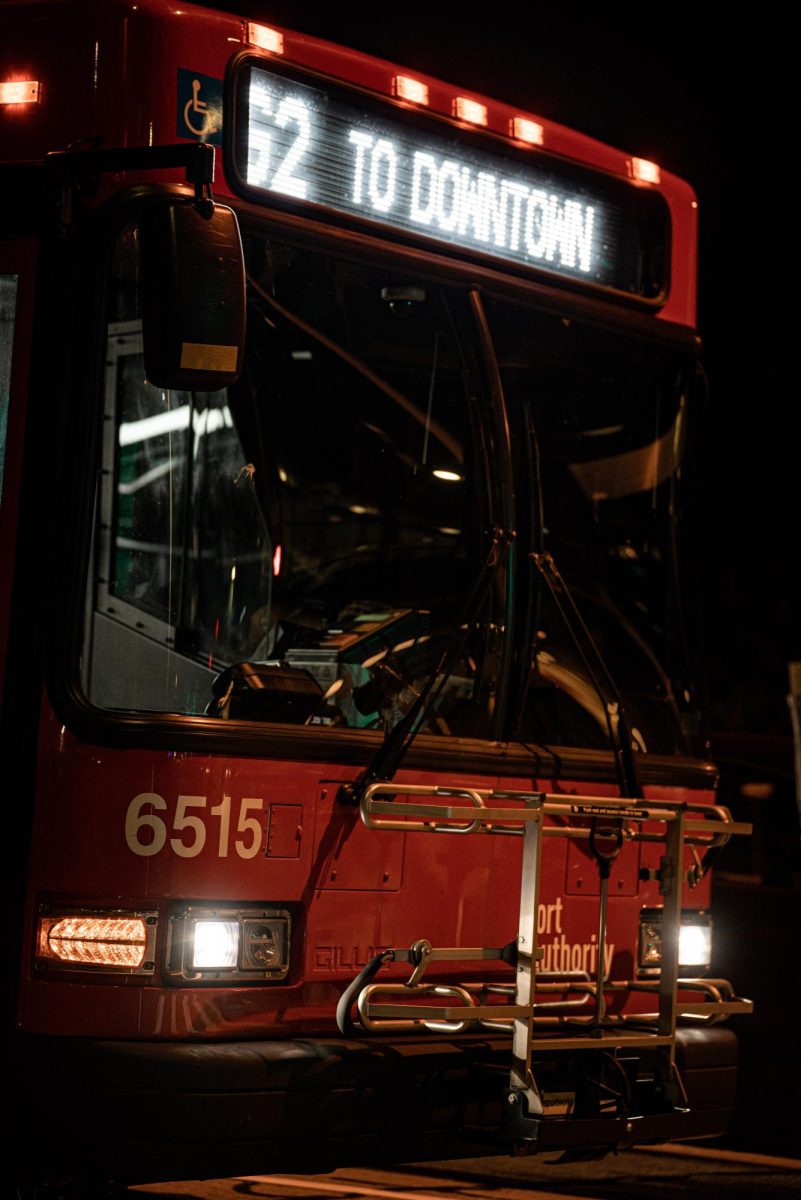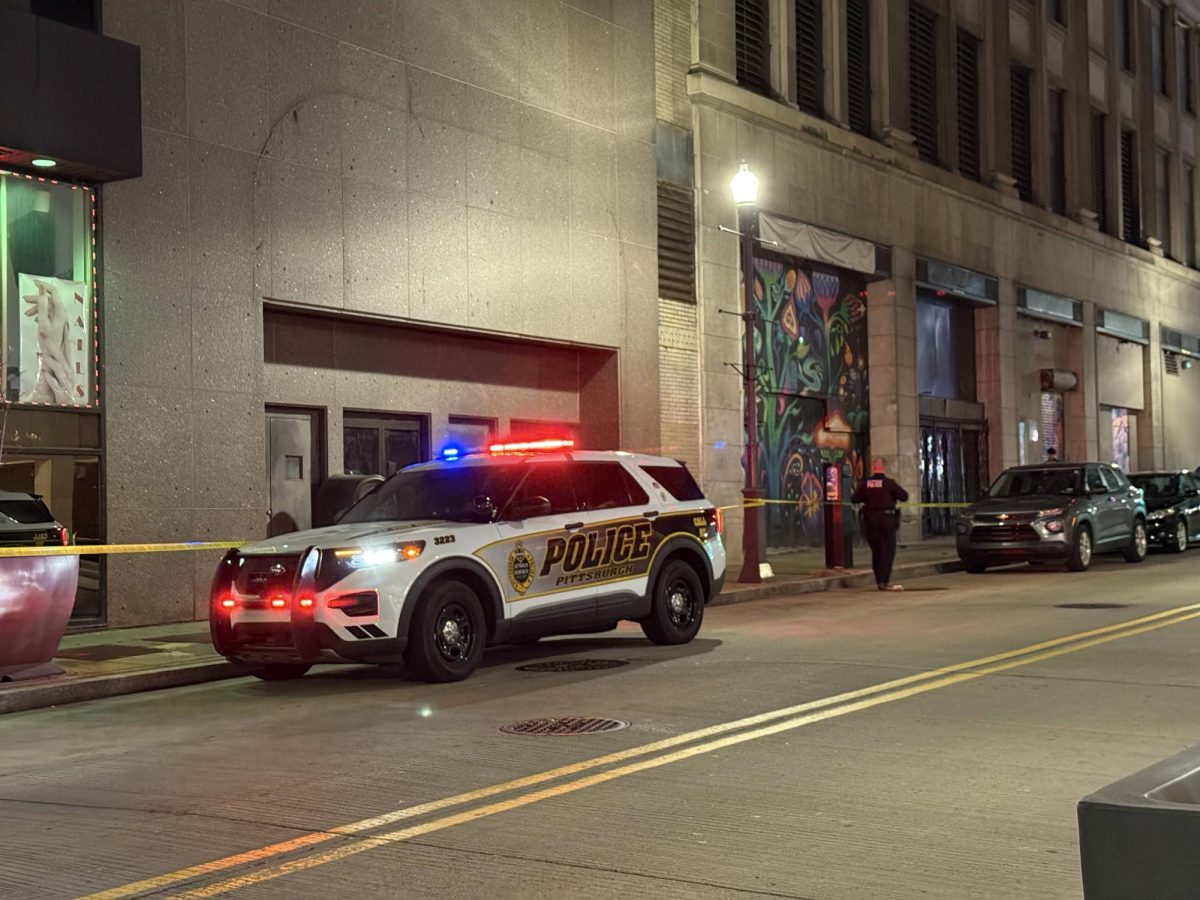Pittsburgh Regional Transit (PRT) riders across the Downtown and Greater Pittsburgh area were invited to discuss the proposed Redesign of bus routes, which is set to be implemented in early 2026.
“Draft 1.0” of the project proposes reducing the number of routes offered, rebalancing routes where rider demand has changed and making the bus system easier to understand.
Amy Silverman, PRT’s chief development officer, said the Redesign is focused on meeting the changed demand of riders since COVID. She said that demand for buses has gone down in areas with frequent service, and risen in areas without it.
Silverman added that the proposal is cost-neutral, and won’t require any additional funding over what PRT already spends. She also stressed that the proposal was only a draft and encouraged riders to provide feedback.
“What do you like about the map? What do you like that we have proposed?” Silverman asked.
There will be another meeting on an updated Redesign draft sometime in spring.
55 routes will be provided Downtown, a 12% decrease from the current amount. Route times will also be restructured to
increase during midday, Saturday and Sunday service times.
Many routes that connect outside Pittsburgh neighborhoods and run through Downtown will be discontinued in favor of new routes that avoid Downtown entirely. The Redesign draft doubles the number of these community connecting routes.

(Photo by Gavin Petrone)
For example, the 52L and 56 that run between Greenfield and West Mifflin will be discontinued and replaced by a route that begins in Homestead. The new route finishes at the Pleasant Hills Wal-Mart and never enters Downtown.
PRT officials said that by missing Downtown these neighborhood bus routes can be more efficient and reliable.
Other routes that still run through Downtown will also be simplified. PRT said it hopes to condense the 28X Airport Flyer into a consistent 30-minute route. They plan on cutting its service to Robinson to do this, and reroute other buses to cover that area.
Emily Provonsha, PRT’s manager of service development, said the first two phases of community engagement also contributed to the decision to have neighborhood-connecting routes avoid Downtown.
She added that many riders wanted the addition of “one seat” rides to Oakland from around the entire Allegheny County area.
“One seat” rides refer to routes that don’t require switching between buses to reach a destination. Provonsha said these changes were implemented in the first draft.
PRT’s adjacent “University Line” project also aims to expand one-seat ride coverage to the Downtown area. That coverage already existed before the project, but PRT said that the “University Line” will make commuting between Oakland and Downtown even easier.
According to the Office of Student Life, 52% of U-Pass users are commuters. U-Pass is a tuition-covered service that waives the fee of PRT services like buses, light rail, and inclines.
Rich Calabrese, a sophomore English major, said he commutes to school on the 61B every morning. Calabrese said that stops Downtown are unclear and unreliable.
“I’ve waited over 20 minutes many times for the bus when the [Transit] app told me it would be there on time,” Calabrese said.
Calabrese said he hasn’t seen the Redesign draft, but he hopes there is substantial improvement.
“I can’t say I’m optimistic,” Calabrese said. “As a commuter, I just wish PRT was more clear with communicating to its users when changes, detours, or delays are happening.
People depend on public transportation, many of whom don’t have cell phones, and not being in the know about the buses can really set people back,” Calabrese said.
Transfers between routes are still broadly required across the draft. To compensate for this, the Redesign adds several transfer centers across Pittsburgh meant to make the process easier and safer.
Along with these other simplifications, PRT is also revising the naming scheme of its routes.
It will replace the current system of numbers like 67 and 69, and preceding letters like “P” for busway service with a system PRT says is easier to understand.
Downtown serving buses will have their route numbers preceded by a “D,”–for example, D87. Oakland buses will have an “O,” limited commuter buses will have an “L” and neighborhood connecting buses will have an “N.”
The Redesign’s engagement period will conclude in Jan. 2025. Comments on the Redesign can be given and future meeting schedules are posted on www.buslineredesign.com.
Riders can also call PRT Customer Service at (412) 442-2000 or email at buslineredesign@rideprt.org.







